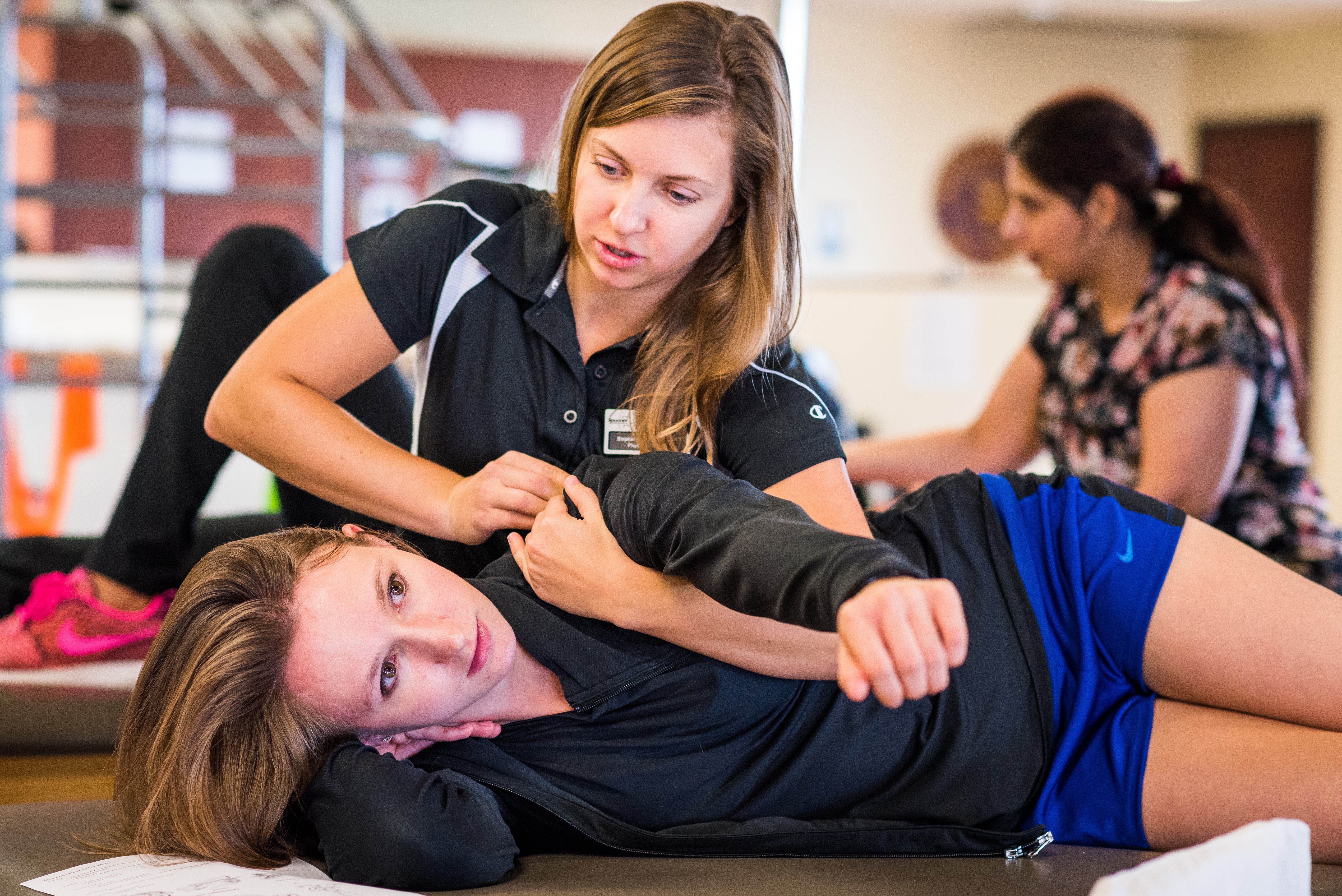If you’ve had frozen shoulder, then you know it’s no fun. That stiff feeling – like you can’t move and your arm is literally frozen! – often combined with an aching soreness, or even jabs of pain. It can be a show-stopper for anyone who experiences it. And, it can feel like it comes from out of nowhere.
The technical name for frozen shoulder is Adhesive Capsulitis, but you don’t have to be a medical professional to see that it’s a pretty serious thing. It can happen to anyone, and when we talk about frozen shoulder, we talk about its various phases using the same sort of language: the freezing stage, the frozen stage and then the thawing stage. The freezing stage may be when you first notice its onset, when you suddenly feel like your range of motion got smaller; that it’s tough to reach for objects; that you’re experiencing what feels like a mysterious pain. And it only gets worse. Then the frozen stage, when movement becomes increasingly challenging. And – after a few months or even years, there’s the thawing stage, when it gradually diminishes and disappears.
What Physical Therapy Can Do for Frozen Shoulder
So, what exactly can physical therapy do for a problem like frozen shoulder? The answer is: a lot! Here at Spooner, we want to see you get back to your normal activities as soon as possible, whether that’s playing tennis or just being able to get through the day without pain. While we cannot avoid the stages of frozen shoulder, we can help your body “rush” through them.
To do this, we take a whole-body approach. It starts with an assessment where we can get a baseline understanding of your range of motion and your pain and your overall ability to move. And then we try to move that shoulder as much as we possibly can – through exercise, through massage, through stretching techniques. Everything in your body is connected, so we won’t just evaluate your shoulder, but also your neck, mid-back, and even your hips. We know that restoring your healthy movement mechanics will improve your shoulder motion and hasten your ability to return to activity.
Of course, there are other options for frozen shoulder – like cortisone injections, manipulative anesthesia (where your shoulder is manipulated in a surgical setting), surgery to remove scar tissue and even just heat and cold treatments. Yet, most of these treatments require physical therapy to be successful.
Get Back to Your Best Life
Frozen shoulder’s occurrence may be a bit of a mystery, but our approach to treating it, and mitigating your pain, is very systematic. We are dedicated to helping you get back to doing what you do best – whether it’s playing catch with your grandkids, running or baking. All these activities require you to be healthy and active. Together, we can work to “fast track” you through the phases of Frozen Shoulder so that it’s behind you fast.
If you’re interested in learning more, contact us and come in for a complimentary assessment.

